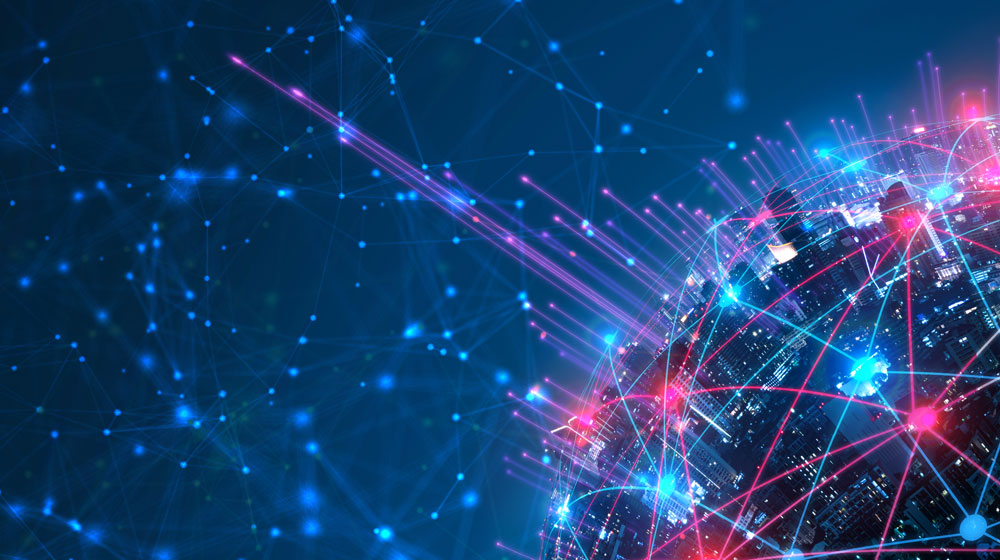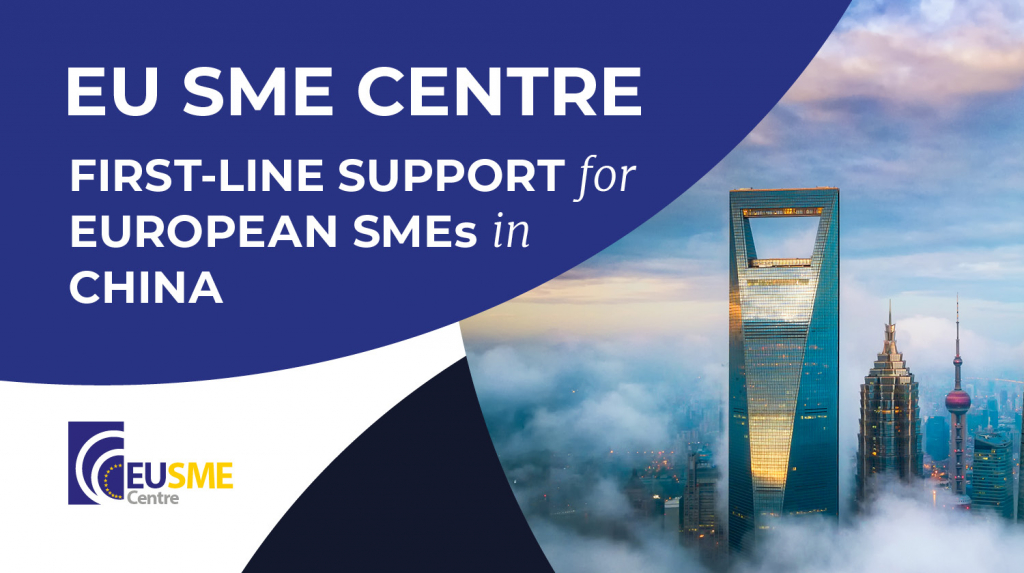On 6 November 2025, the EU SME Centre hosted a hybrid policy meeting in the European Chamber Shanghai Office and online to discuss how the rise of technology is rewriting the global power landscape. The event featured presentations by Jeffrey Ding, Assistant Professor of Political Science from George Washington University, and Tom Nunlist, Associate Director of Trivium China.
Jeffrey Ding first analysed the global competition in artificial intelligence between China, the U.S., and Europe. He argued that while China shows strong innovation capabilities, reflected in its R&D spending, top universities, and leading tech firms, it experiences a “diffusion deficit” in the widespread adoption and application of new technologies, especially across its vast and diverse economy. Ding emphasised that AI’s transformative impact will unfold gradually over a long-term diffusion process rather than in the near future. He highlighted the importance of broad-based education, effective academia-industry collaboration, and global AI talent attraction. For the U.S. and Europe, Ding recommended shifting from defensive, restrictive policies to strategies that prioritise AI workforce development and mass adoption across industries.

Tom Nunlist then shared insights of China’s technology policy by discussing how China has elevated innovation to the core of its national agenda through comparing different message conveyed in recent two five-year plan proposals in response to its demographic issue. He introduced China’s attempts to bridge industry and academia, and its implementation of the “AI +” program, which aims to integrate AI into different sectors and will go all throughout the next five-year plan in his opinion. In terms of the funds for the initiatives, more “patient” capital will be involved as indicated in the proposal, which may have a huge impact on individual income. In the end, Tom proposed that geopolitics, a significant factor that shapes the global technological landscape, will not lead to decoupling but, in his words, refactored interdependencies and that the race towards game-changing technologies will intensify in the future and will put the companies to the test in new ways.
Each of the presentations concluded with an engaging Q&A session.






